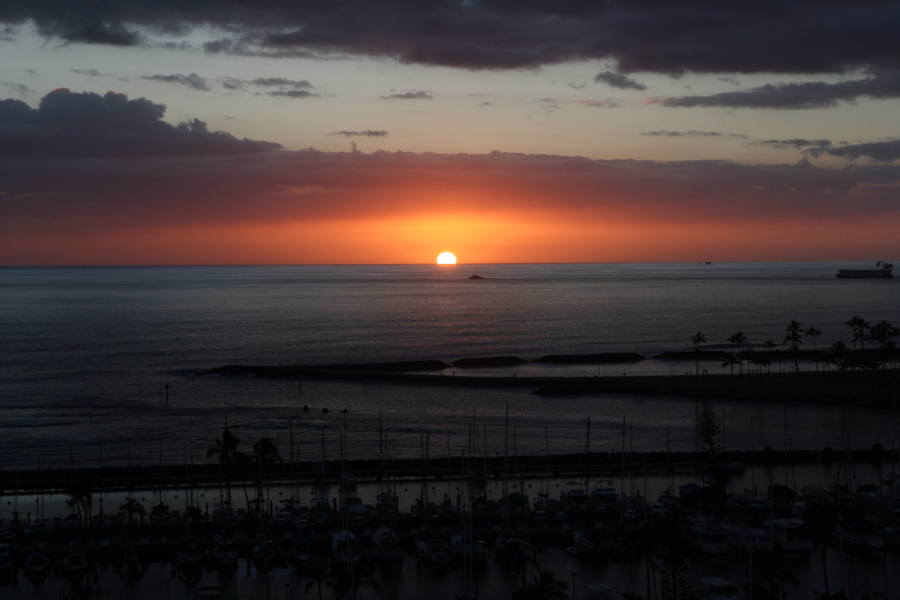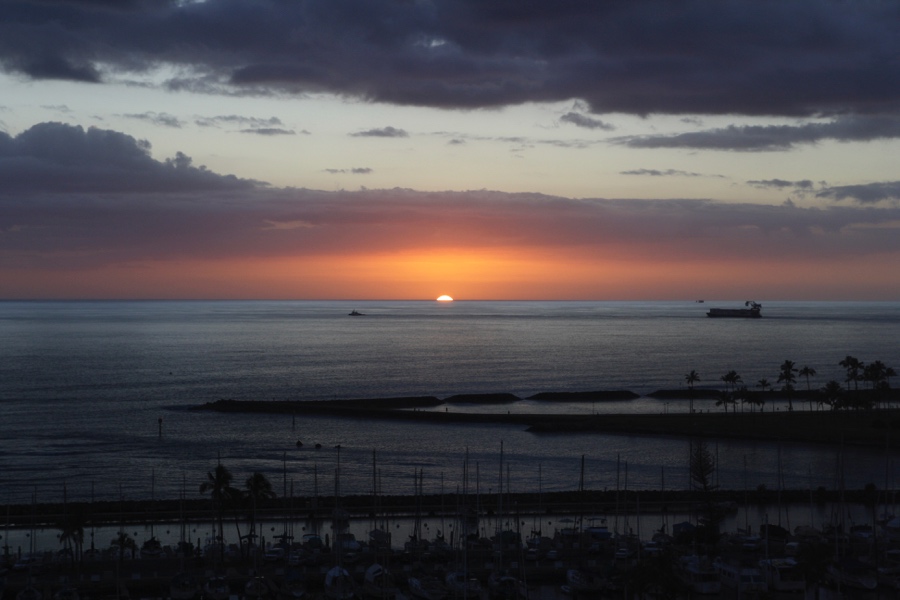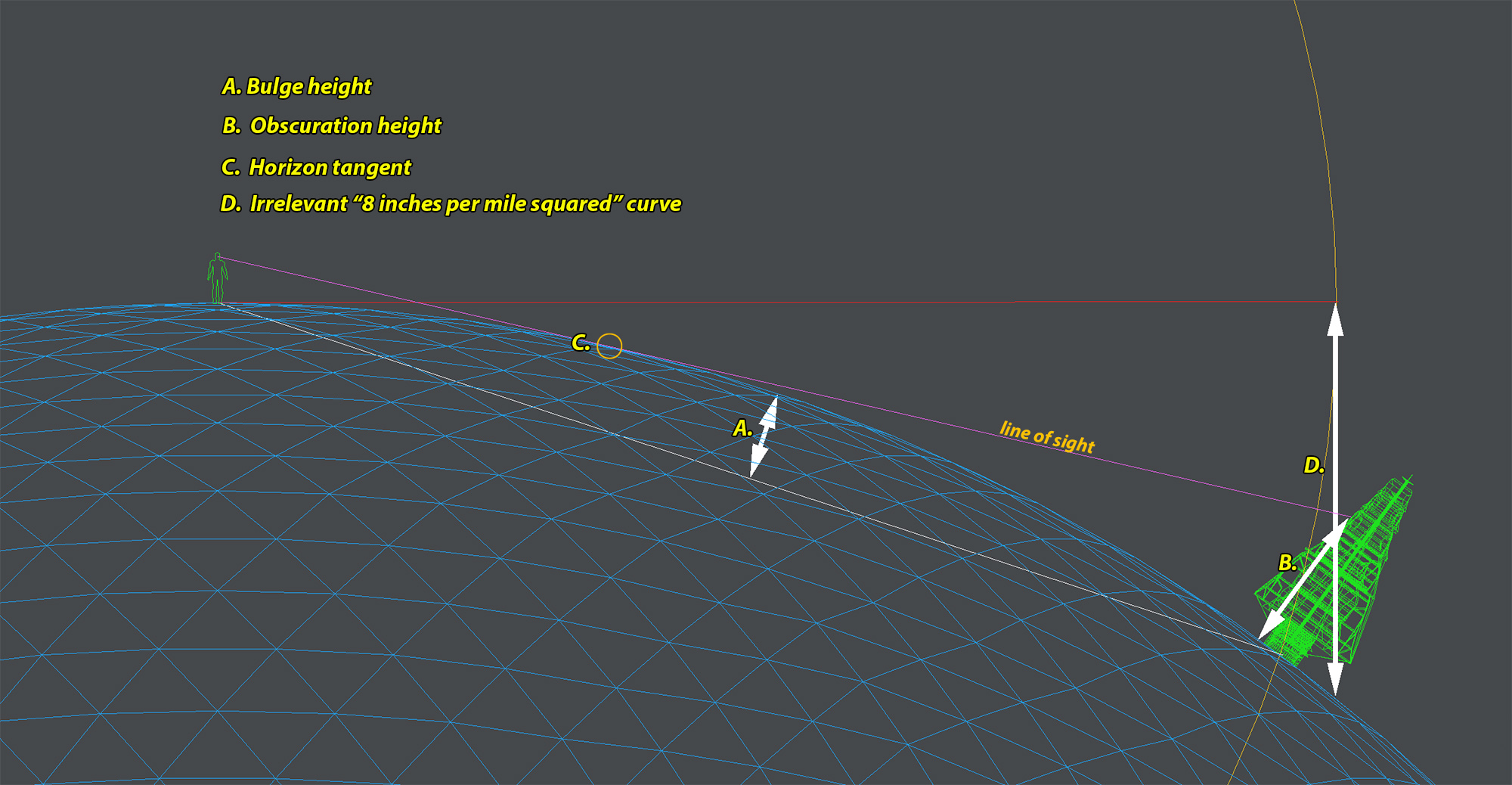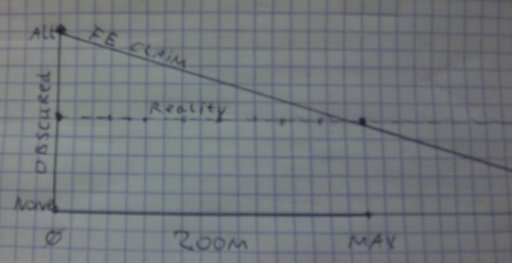FolsomG10
New Member
Trying to wrap my head around the science behind how 'Zoom' works, esp with regards to these FE claims that since you can zoom in and see something that you can't with the naked eye this proves the earth is a giant quarter or something... When you zoom in on something (using super-telephoto) aren't you essentially moving closer to the object and since you are zooming in what seems like several miles at minimum would that not mean you are virtually advancing across "the curvature", hence the reason you can see more of your objective again?
Last edited by a moderator:




